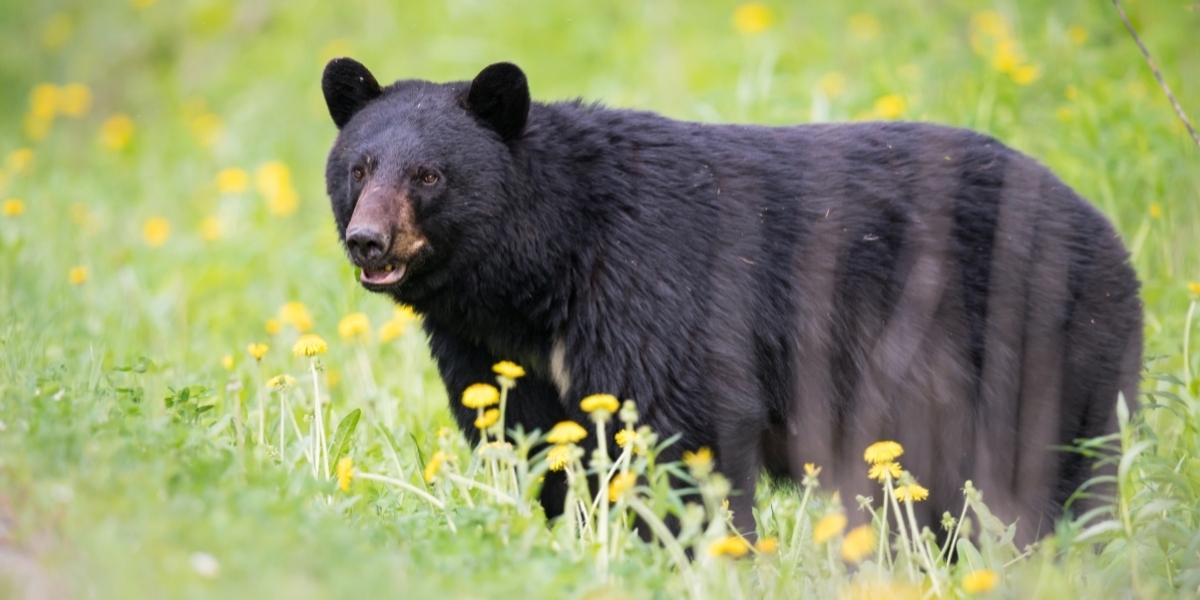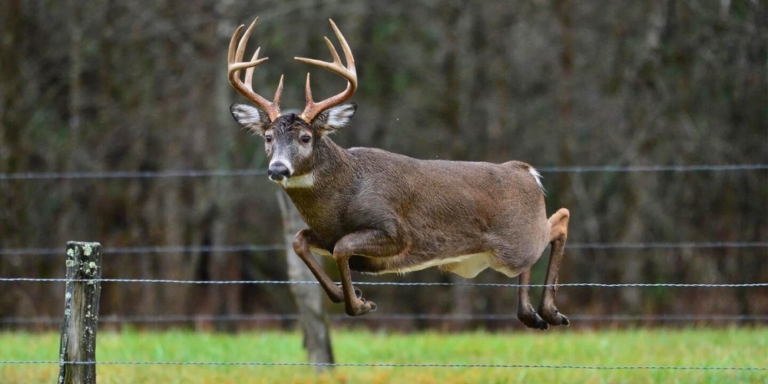Two visitors were recently hiking along Wabasso Lake Trail in Jasper National Park. The pair were accompanied by their two dogs, which were off-leash.
On their way back to the trailhead, the hikers noticed a black bear had approached them on the trail.
One of the dogs chased the bear a short distance off the trail, but that wasn’t the end of the encounter. After climbing a tree, the bear changed its mind and reapproached the group.
This time, the bear got to within two feet of the hikers. The second dog stood its ground and barked at the bear, but the bear attacked the dog. This prompted one of the hikers to squirt bear spray at the bear.
Even at close range, the spray did not deter the bear. At this point, the hiker resorted to punching the bear in the head with the bear spray canister.
But that didn’t work. The bear continued attacking the dog and eventually carried it off into the woods.
After the attack, the Park issued a temporary area closure for Wabasso Lake, Valley of the Five as far as Old Fort Point, and five unofficial trails.
Parks Canada staff used patrols, wildlife cameras, and a bear trap to locate the bear.
“We dragged an attractive, stinky piece of road-killed wildlife to try to bring the bear into a fixed location,” David Argument, resource conservation manager for Jasper National Park, told Postmedia.
An Unfortunate Reminder
The next day, Park Canada wildlife-conflict specialists found and destroyed the bear.
Parks Canada considers killing a bear a last resort. Typically, Park staff use hazing to discourage bears from visiting high-traffic areas. Hazing refers to creating a negative experience for a bear that gets too comfortable approaching humans.
Hazing involves using non-lethal rubber shotgun slugs, rubber rounds, or noise-deterrent rounds to scare bears away. While these rounds rarely damage the bear, they pack a sting.
Think of it like a slap on the wrist but upgraded to swack a bear! When hazing doesn’t work, Park Canada considers trapping and relocation.
However, this case was unusual. The bear had no identifying tags, meaning it had no previous interactions with Park Canada staff.
“This kind of lack of regard for people and close proximity to people in this incident is just too concerning,” continued Argument.
As a result, the bear was very comfortable around humans. With this in mind, destroying the bear was the best way to prevent further negative interactions, according to Parks Canada.
Since the bear was destroyed, the closed trails have reopened, except for Wabasso Lake Trail. The Park is waiting for the scent of bait to disappear before reopening the trail.
Otherwise, hikers may have a negative encounter with another bear attracted to the scent.
Jasper National Park has seen an increase in bear-related incidents over the year. However, the number of negative bear encounters has not increased.
This attack was unfortunate, but Jasper National Park is taking this opportunity to remind visitors to practice safe travel in bear country. This included keeping pets on a leash at all times.
Visitors should also travel in groups, make noise, carry bear spray, and be aware of their surroundings. Could this attack have been avoided? Possibly.
Either way, reminding ourselves that we are guests in bear country is important. The wildlife in the area should always be respected to avoid negative encounters.





